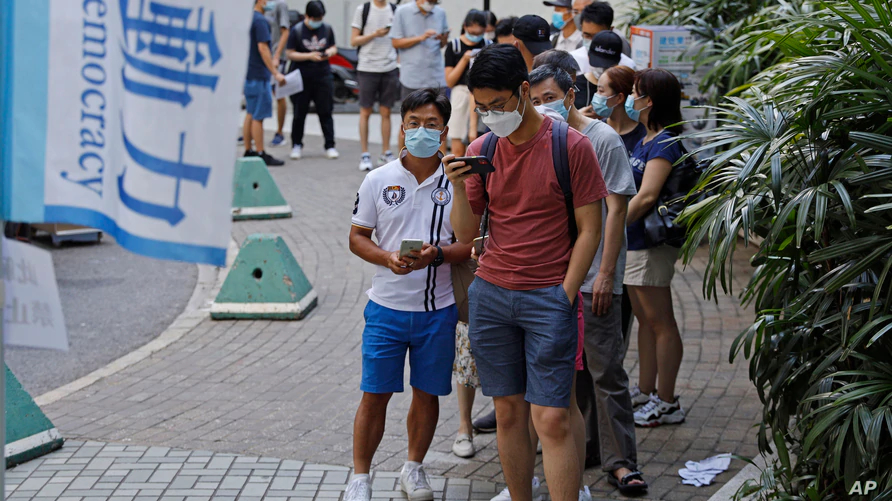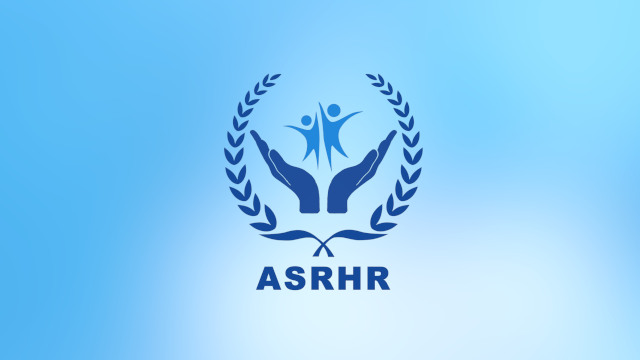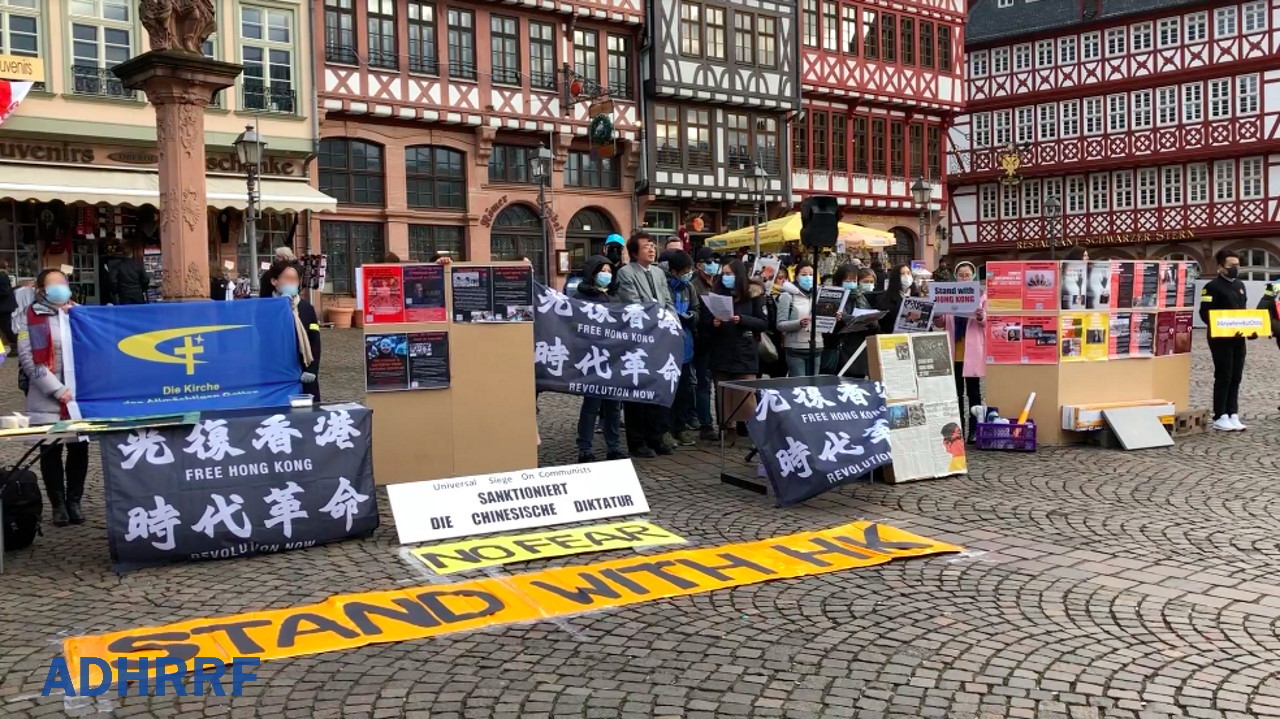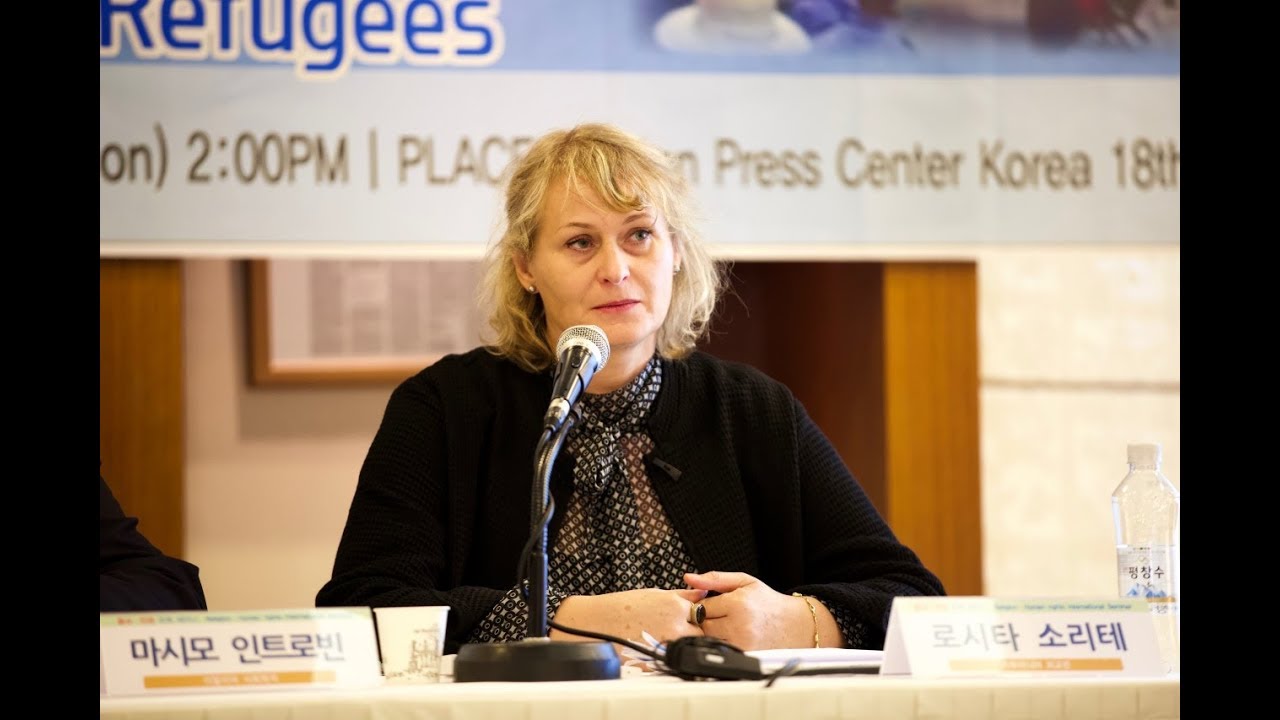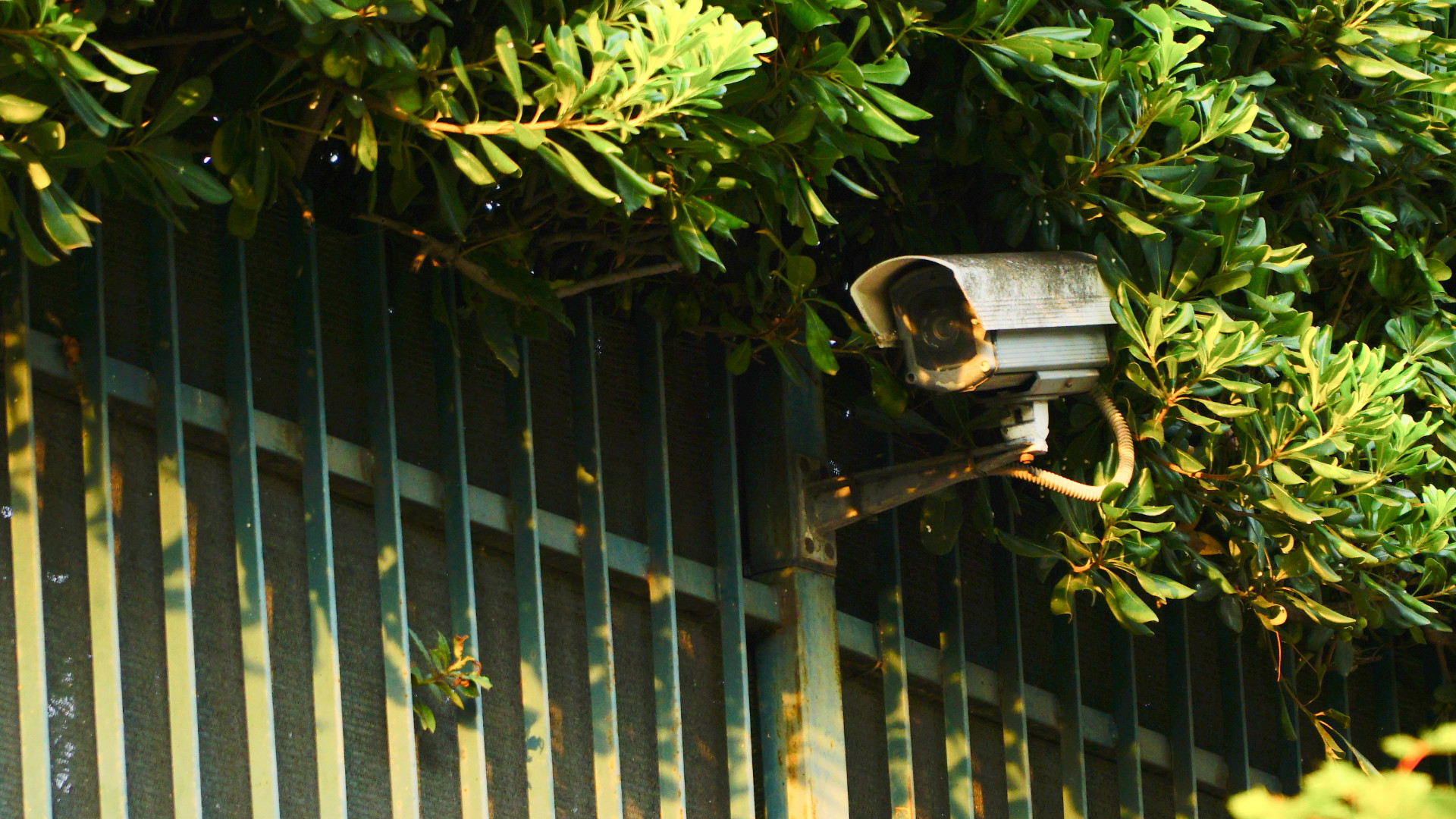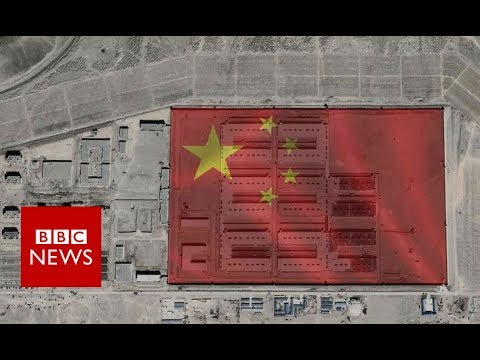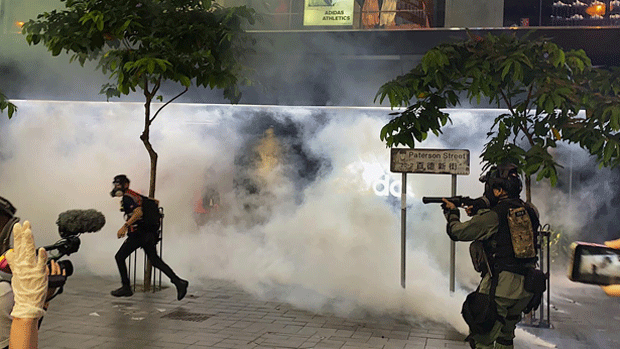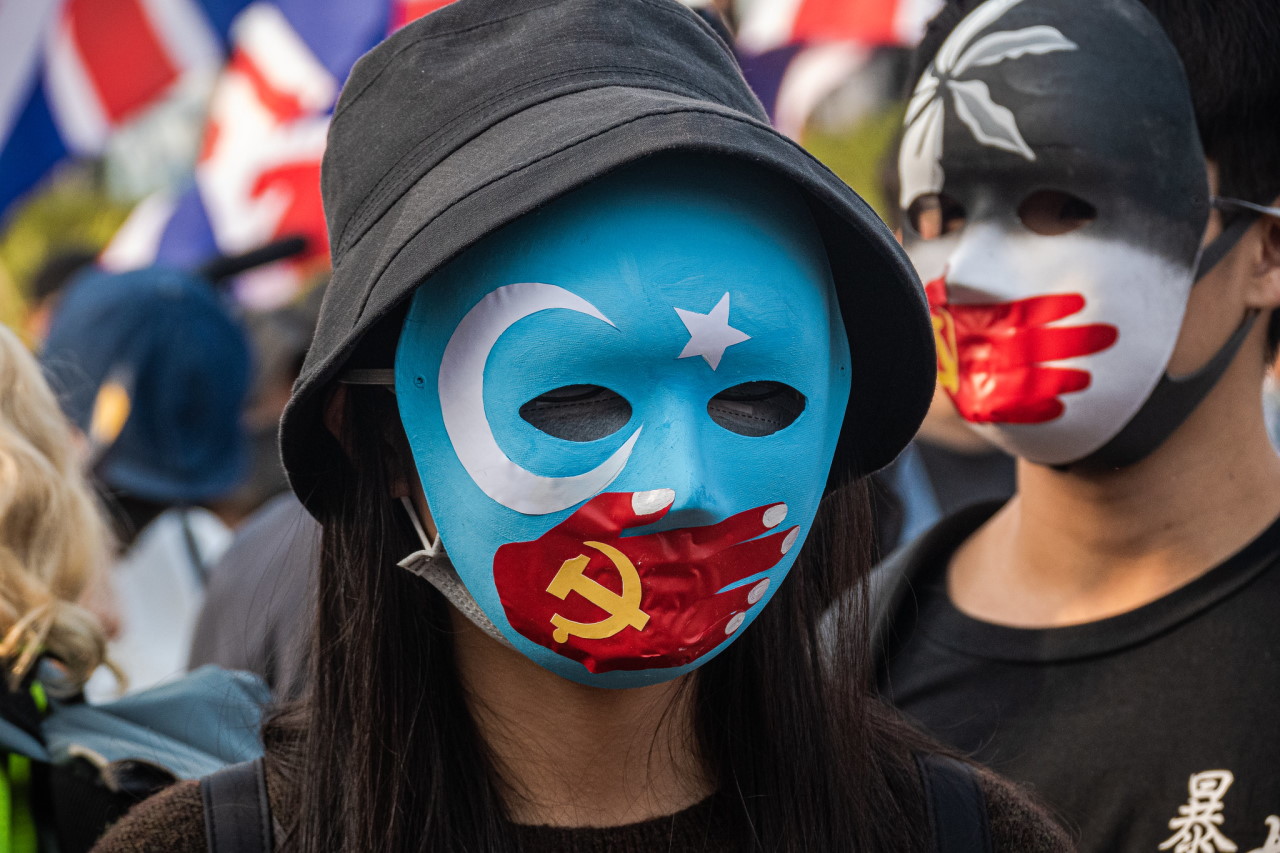Sanya Chams are part of a Muslim minority with a rich history and a unique identity. Now, the CCP has decided to eradicate it.

Recently, Bitter Winter received a document entitled “Work Plan for Strengthening the Comprehensive Governance of Huixin Community and Huihui (Utsul) Community,” issued in 2019 by the Office of Tianya District Party Committee and the Office of Tianya District government in Sanya city in the southern province of Hainan.
A special ethnic group
Huixin village and Huihui village are located within the jurisdiction of Fenghuang town administered by Sanya city, where reside about 10,000 members of a minority called by the authorities Sanya Hui people, one of the few unrecognized ethnic groups in China. In fact, they are mistakenly categorized as part of the Hui people by the CCP, while the correct name should be Sanya Chams, an ethnic group that grew into shape two centuries earlier than the Hui in mainland China.
Sanya Chams is the only Muslim group in Hainan island with a rich Islamic culture, but the government is launching a campaign to eradicate the remnants of their unique history.
The document stipulates the six aspects of the comprehensive crackdown, including the rectification of discipline, community, symbols and signs, schools and hospitals, a mandatory financial audit, and the demolition and relocation of illegal buildings.
Under the heading “rectification of discipline,” the document mandates that the population is forbidden from wearing a robe or headscarf at work, and pictures with people in a robe or headscarf are not allowed to be posted in the workplaces. It demands to find out those religiously active among CCP members; dispatch Party members to join the mosque management committees; and assign some personnel to be responsible for the united front work in Huixin community and Huihui community.
As for the “rectification of symbols and signs,” the text stipulates that all the houses, restaurants, and hotels must be investigated. Arabic scriptures, patterns of Mecca prayer, religious slogans, and signs with “Halal” must be removed. Books, pictures, patterns, symbols suspected of promoting what the CCP calls “Saudization,” “Arabization,” or “Generalization of Halal” must be banned.
Under the heading “demolition and relocation of illegal buildings,” the document states that “Saudi-style” and Arabic-style buildings must be banned. In the “rectification of financial audit” aspect, it requires a clear investigation on the funds collected by each local mosque.
Work Plan for Strengthening the Comprehensive Governance of Huixin Community and Huihui Community (Image from Weibo)
When it comes to dress, Chams girls will always wear a headscarf, long clothing and pants after they reach the age of 9. There are some specialized Halal photographic studios for newlyweds to take wedding photos.
Intensified monitoring: a replica of Xinjiang?
Sanya Chams’ unique ethnic and religious culture has attracted many scholars who do research there. The local population is simple and honest, they help each other, and the economic development of the locality ranks among the best in Hainan Province. Many scholars believe that it is largely due to their adherence to traditional Islamic belief and work ethic.
A researcher mentioned in his paper, “Huixin and Huihui viallges are in a good public security environment, and vicious incidents have never happened there.” The research reports that local residents “do not take any articles left by the wayside and do not bolt doors at night.” “This good environment is a result of their devout religious belief of Islam.”
However, the document requires, with the pretext of “maintaining social order,” to strengthen the control over local residents, and to upgrade the monitoring devices so that nothing can be missed on the monitor. It also demands to strengthen grid system and rental property management. These measures are part of the “rectification of community.”
What is happening to the Sanya Chams is yet another piece of evidence that traditional cultures and identities rooted in religion are being systematically eradicated in Xi Jinping’s China.
Source:Bitter Winter/ Ling Tian

